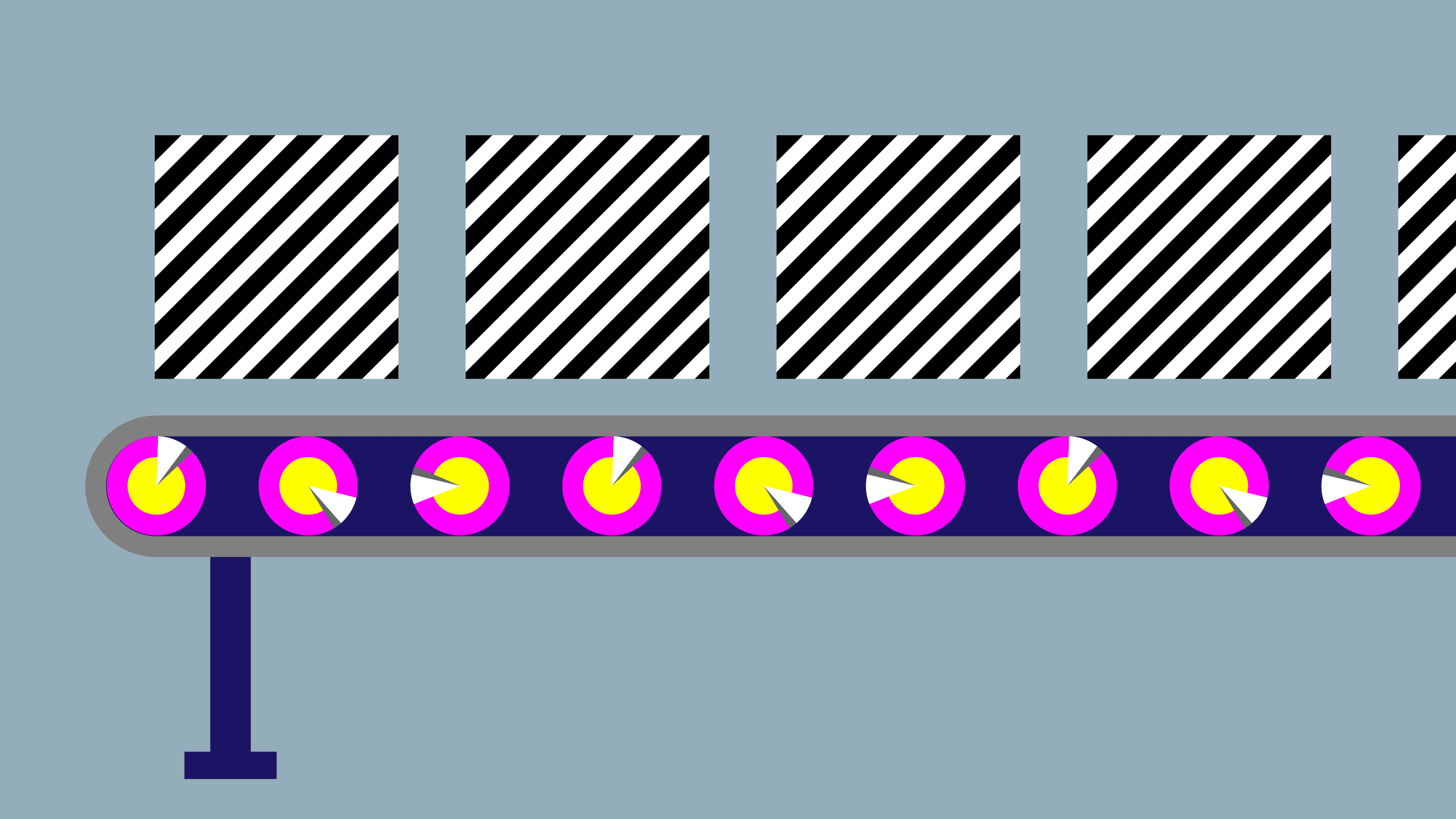Meet the blockchain for building better widgets, cheaper and faster
As with nearly every industry supposedly ripe for disruption by blockchains, the vision of a manufacturing sector making use of the technology is a heady one: machines whose performance metrics are never in doubt, that are networked together and perhaps even share or trade new design specs among themselves. These swarms could be scattered in factories across the globe, churning out new and ever-improving products with nary a human in sight.
At a research lab at North Carolina State University, that future has just taken a small step toward becoming reality.
This piece first appeared in our twice-weekly newsletter, Chain Letter, which covers the world of blockchain and cryptocurrencies. Sign up here—it’s free!

Using a permissioned version of Ethereum, researchers there hooked up a computer numerical control (CNC) machine, a versatile piece of equipment that spits out parts on factory floors everywhere, to a small blockchain network. Then they showed that smart contracts could be used to program the machine to automatically record data about itself and share it to the blockchain—in this case, verification that the machine had been operating continuously for eight hours.
It’s a simple prototype, but Binil Starly, who led the study, says it has helped answer a big question: how do you actually get a machine to record data to a shared ledger?
As for why you’d want to do that in the first place, imagine that a small biotech startup in Boston has a novel design for a bioelectronic device it needs made, and the best value can be found with a boutique manufacturer in rural North Carolina. Makers of medical devices must satisfy strict regulatory requirements, often including extensive and specific certifications, says Starly. Typically, the device’s designer has to go through a costly process of verifying that the manufacturer it’s using meets every requirement, while the manufacturer is subject to a similarly laborious set of compliance checks. And if the product design is changed later on, everyone gets to do it all over again. This has been called manufacturing’s “trust tax.”
A shared cryptographic ledger—that is, a blockchain—could lower the trust tax, making crucial information like machine certifications more accessible and transparent, says Starly. That would also make it much easier for the Boston startup to discover its ideal manufacturer. Smart contracts could come into play, too, for things like advertising a given machine’s capabilities to the rest of the network, or limiting the conditions under which it will take a job. Machines could even use the ledger to help coordinate activities with other machines in different facilities.
Starly acknowledges that there is a lot more work to be done—like, for example, making sure there’s no way a machine’s data can be spoofed. Then there���s the question of how to incentivize participation in a decentralized network (Bitcoin and Ethereum solve this by offering a currency reward for maintaining the ledger). That will require determining exactly which data businesses are actually willing to share, and with whom—a challenge that might be more complicated than any technical ones.
Keep Reading
Most Popular
Large language models can do jaw-dropping things. But nobody knows exactly why.
And that's a problem. Figuring it out is one of the biggest scientific puzzles of our time and a crucial step towards controlling more powerful future models.
How scientists traced a mysterious covid case back to six toilets
When wastewater surveillance turns into a hunt for a single infected individual, the ethics get tricky.
The problem with plug-in hybrids? Their drivers.
Plug-in hybrids are often sold as a transition to EVs, but new data from Europe shows we’re still underestimating the emissions they produce.
Stay connected
Get the latest updates from
MIT Technology Review
Discover special offers, top stories, upcoming events, and more.